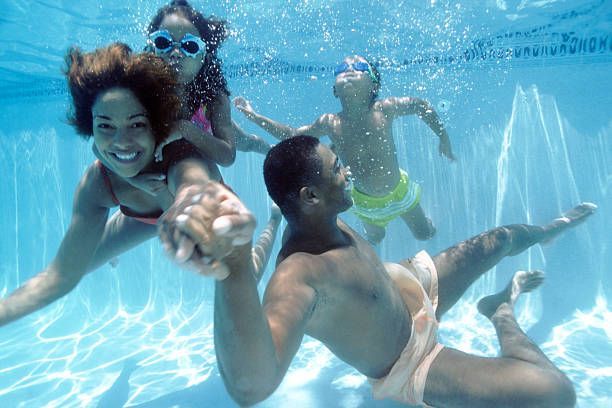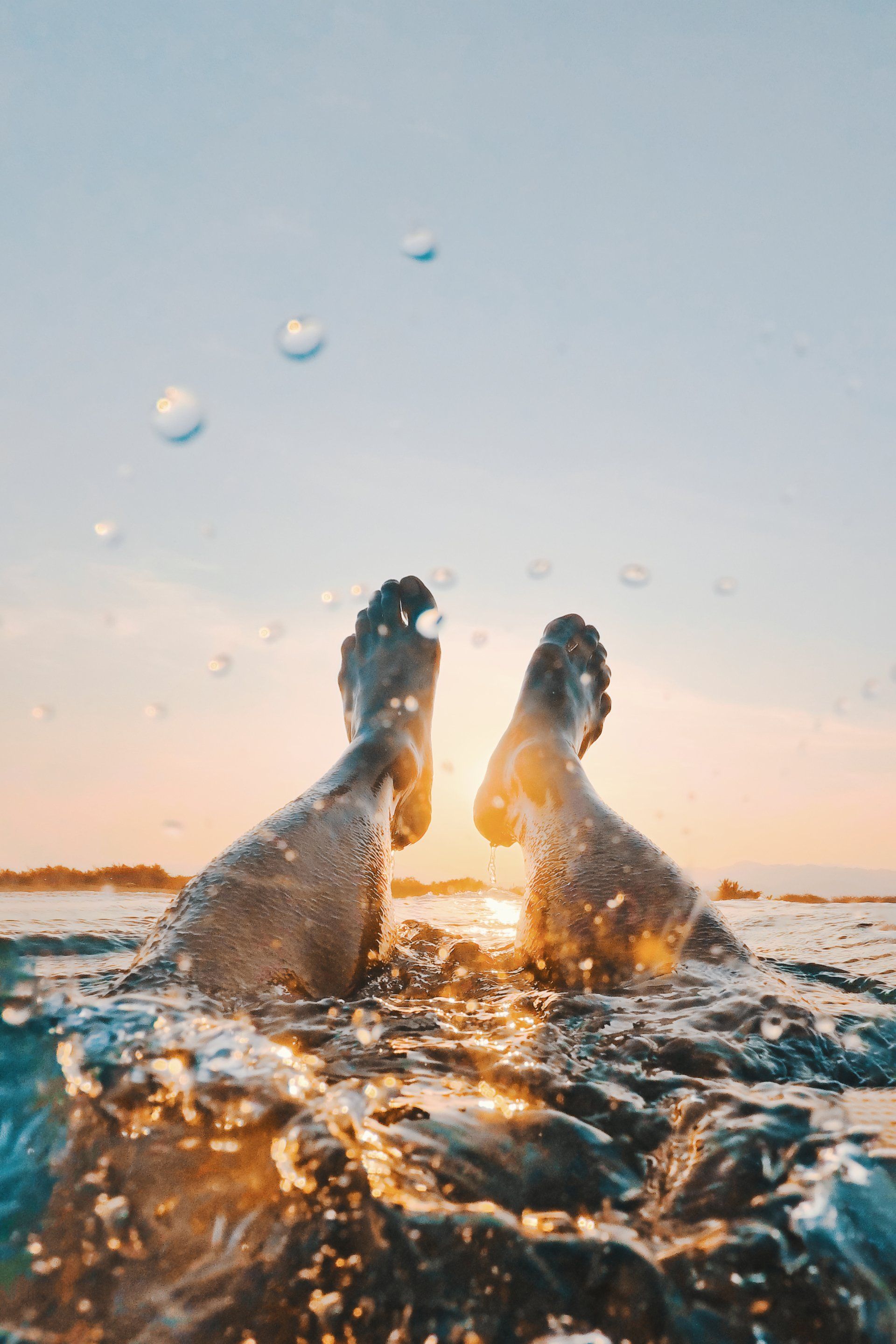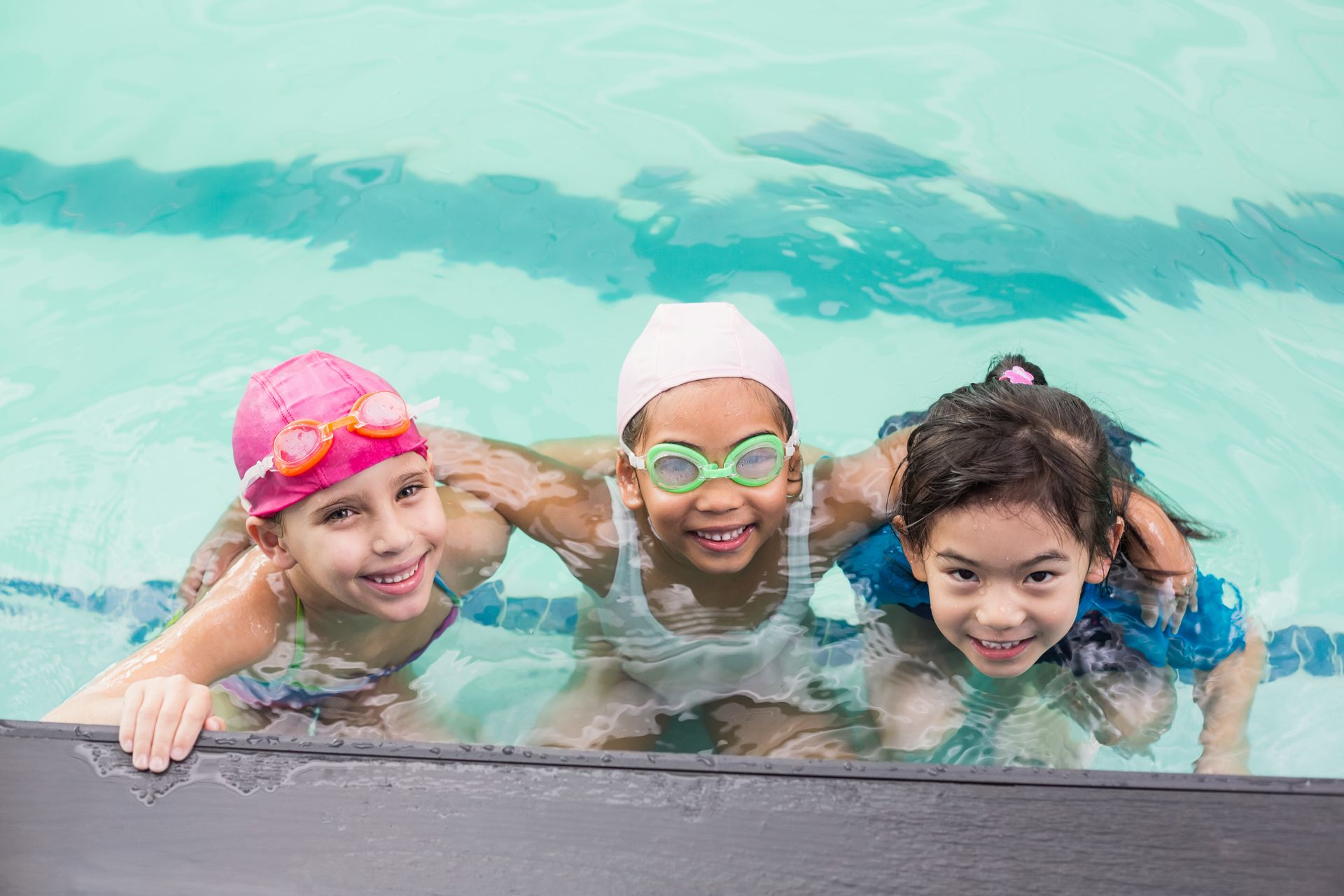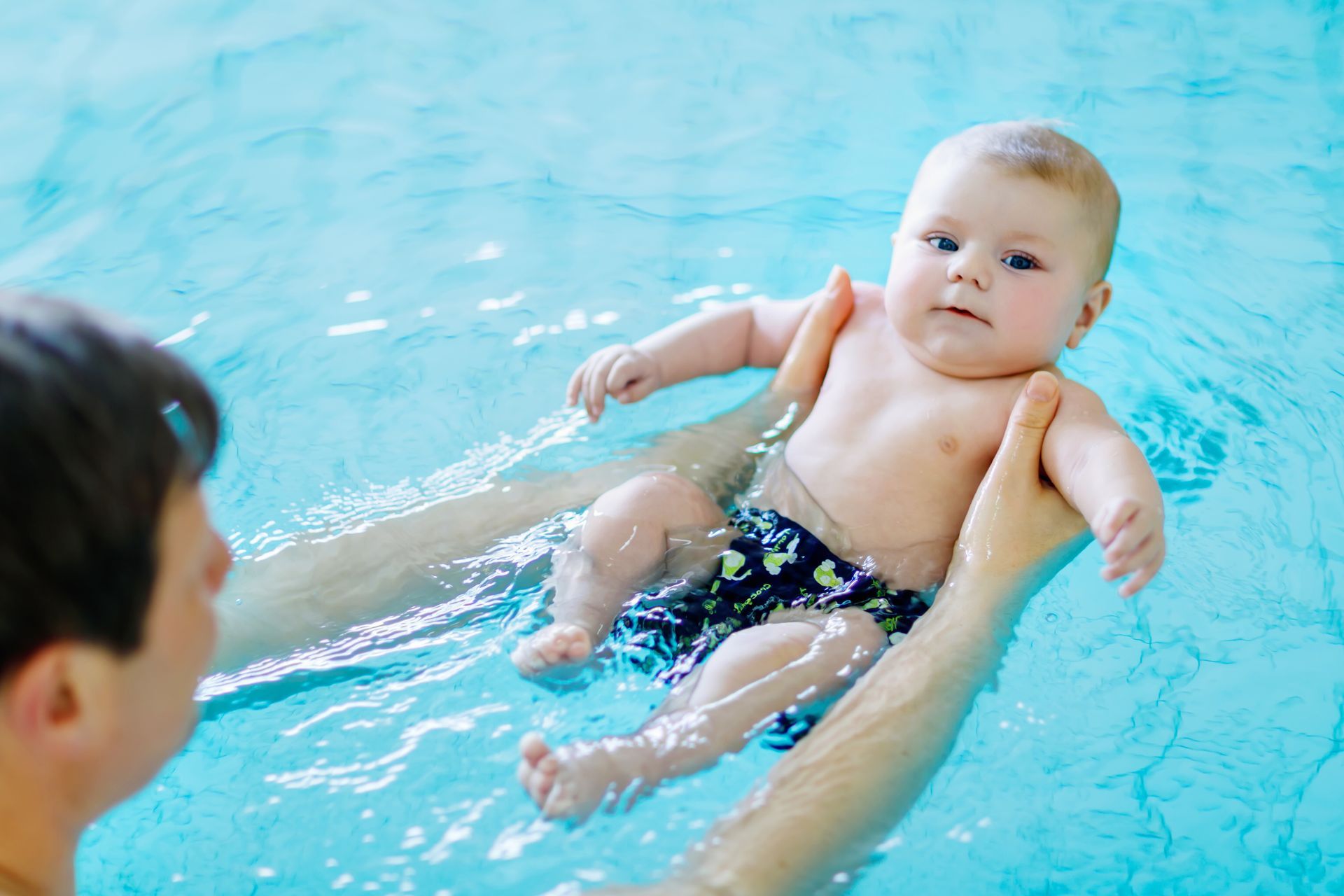Frog kick – Swimmers move their legs by bending at the knees and pulling their legs to their chest. They then need to kick downward and bring them back up.
Kick drills – Swimmers need tools like a flutter board or a noodle. They need to keep the device in front of them and extend their arms in front of them. They need to tighten their core and kick.
Build arm muscles – If swimmers have an inflatable ball, they can easily work their arms. Swimmers hold the ball out in front of them and push it underwater. Once it submerges, the ball should be moved in a figure-eight pattern. Swimmers should let go of the ball and repeat the method. Swimmers need to stand straight and not stress their back and shoulders.
Climb the pool wall – Swimmers need to stand by the pool wall with their arms out for stability then they need to run up the side as high as they can. They need to change the leading leg and repeat the exercise.
Balance on one leg – Swimmers get a good workout when standing on one leg and kicking the other out to the side. The key is to raise it as high as they can and hold it for a minute. Then they do the same routine with the other leg.
Flutter kick – In the water, swimmers extend their back legs behind and kick their feet up and down. This exercise is easy and works a lot of the muscles, especially the transverse abdominals.
Resisted Flutter kick – This is like the Flutter kick exercise including a kickboard, except swimmers will be holding the kickboard at a vertical angle. This position will create resistance from the water significantly and boost the swimmer's heart rate. Swimmers need to place their hands on the bottom sides of a kickboard and tip it so that it is standing up out of the water. They need to extend their bodies in a straight line. Swimmers should start kicking their legs having tight effective kicks in mind. Their toes must be pointed and turned slightly inward. The arms need to always remain straight out in front of the board.
Pool burpee – Burpee is a cardio exercise on land, but in the water, it can be a challenge because resistance is added to the lower body. If swimmers want more of a challenge, they can add body weights on their ankles into the exercise. Swimmers need to grab the edge of the pool and lift their bodies in a straight line. They need to pull one knee towards their chest and then switch with the other at a pace. Swimmers should do these 20 to 40 times.
Pool tuck jumps – Swimmers stand in the pool in waist to chest-deep water with their feet hip width apart. They should slightly bend their knees and their arms should be lifted horizontally in front with their elbows bent. Swimmers need to have their hands facing down and jump so their feet can reach their hands. This should be done 10 to 15 times.
Pool hacky sack – This is not an exercise that requires a hacky sack but doing this exercise will get swimmer’s blood pumping. Swimmers stand at chest height and lift their left leg with their knee bent. They rotate their hip open and bring their foot inward. They must stretch their left hand down diagonally to touch their right foot. The movement should be continued on each side lifting the opposite side. Swimmers should continue switching and tapping each side. There should be 20 to 30 reps of this exercise.
Skiers – Skiing in the pool may seem impossible, but there is another thought. This exercise builds cardiovascular endurance as the swimmers push through the resistance of the water. They must stand with their feet together in chest-high water. Swimmers have to jump a little and extend one leg out in front while the other one is behind. They should quickly switch legs in a skiing motion.
Swimmers can get a good workout in the pool. There is no need to waste away money and use heavy equipment at a gym when the water is a fun and relaxing environment to be in.







